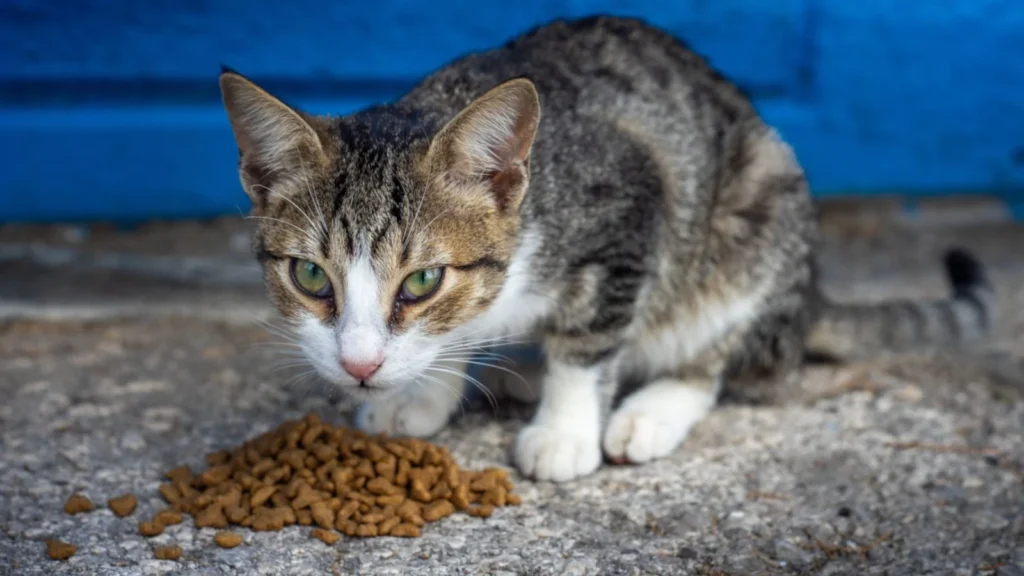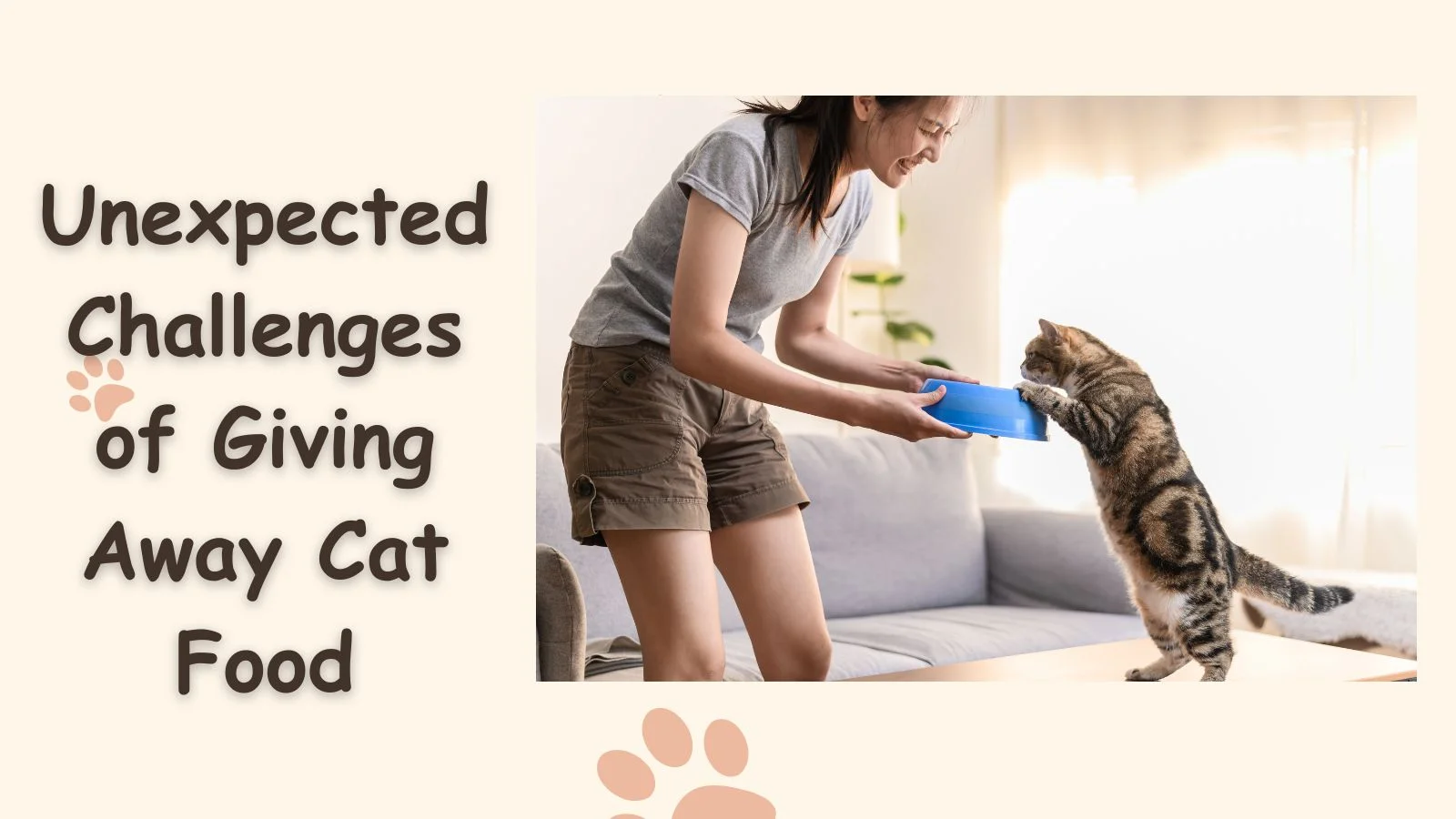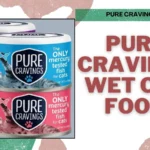I was faced with an unexpected dilemma over the last week when Walmart delivered a 30-pound bag of cat food to our house by mistake. I had no idea that giving away cat food would turn out to be a more difficult task than I had anticipated.
We’ll go over the various aspects of this experience in depth, including reviews, pros and cons, cat food recipes and labels, and a comprehensive guide on how to rate cat food brands.
Contents
Giving Away Cat Food Overview:
The grocery order mix-up resulted in an unintentional experiment in generosity. Initially, my wife and I were given 12 cans of Squirt, nacho cheese Doritos, a jar of salsa, two loaves of bread, and a 1.7-liter bottle of Windsor Canadian.
One Grand Islander, on the other hand, was not so fortunate, receiving our rather mundane order of hamburger, eggs, milk, avocado, and bananas.
| Pros | Cons |
| Unexpected generosity from Walmart: | – Some cat owners are discerning about what they feed their cats, considering the potential impact on the cat’s digestive system and taste preferences. |
| Upon contacting Walmart, we were told to keep the cat food, adding a surprising twist to the situation. | – Cats can be particular about the brand they consume, with a sudden switch potentially causing health issues or refusal to eat. |
| Opportunity to share with others: | – The challenge arose when individuals inquired about the brand of cat food. |
| I decided to offer the 30-pound bag of cat food to my coworkers, opening up a chance for others to benefit. |
Recipe & Label:
The brand in question was Meow Mix regular flavor, a well-known option with the tagline “irresistible taste cats love.” However, what appeared to be a simple act of giving away cat food became a nuanced decision due to concerns about upsetting a cat’s delicate digestive balance.
How Do We Rate Cat Food Brands?
To understand the complexity of giving away cat food, it’s crucial to delve into the factors that contribute to rating cat food brands:
- Species-Appropriateness: Examining whether the cat food aligns with the natural diet of felines.
- Ingredient Quality: Assessing the quality of ingredients used in the cat food.
- Product Variety: Considering the brand’s product offering.
- Price: Evaluating the cost of the cat food in comparison to its quality.
- Customer Experience: Exploring the satisfaction and feedback of cat owners who have used the brand.
- Recall History: Investigating any recalls or issues related to the brand’s products.
Grading System:
A grading system can provide a standardized method for evaluating cat food brands. Each factor is assigned a score, contributing to an overall rating that helps cat owners make informed choices.

Interpreting Cat Food Ratings:
Understanding cat food ratings involves considering the interplay of various factors. A brand may excel in one aspect but fall short in another. Therefore, cat owners should interpret ratings comprehensively, keeping in mind their cat’s specific needs and preferences.
Nutrient Analysis:
Lastly, a thorough nutrient analysis of cat food helps ensure that it meets the dietary requirements of felines. This includes examining the protein, fat, carbohydrate, vitamin, and mineral content.
Conclusion:
What began as a simple act of distributing cat food evolved into a lesson in the complexities of feline nutrition and owner preferences. The experience demonstrated the importance of comprehending the complexities involved in cat food selection, from brand preferences to ingredient quality.
This comprehensive guide aims to shed light on the multifaceted nature of feline nutrition, whether you’re a cat owner navigating the world of cat food or someone considering a generous offer of cat food.



